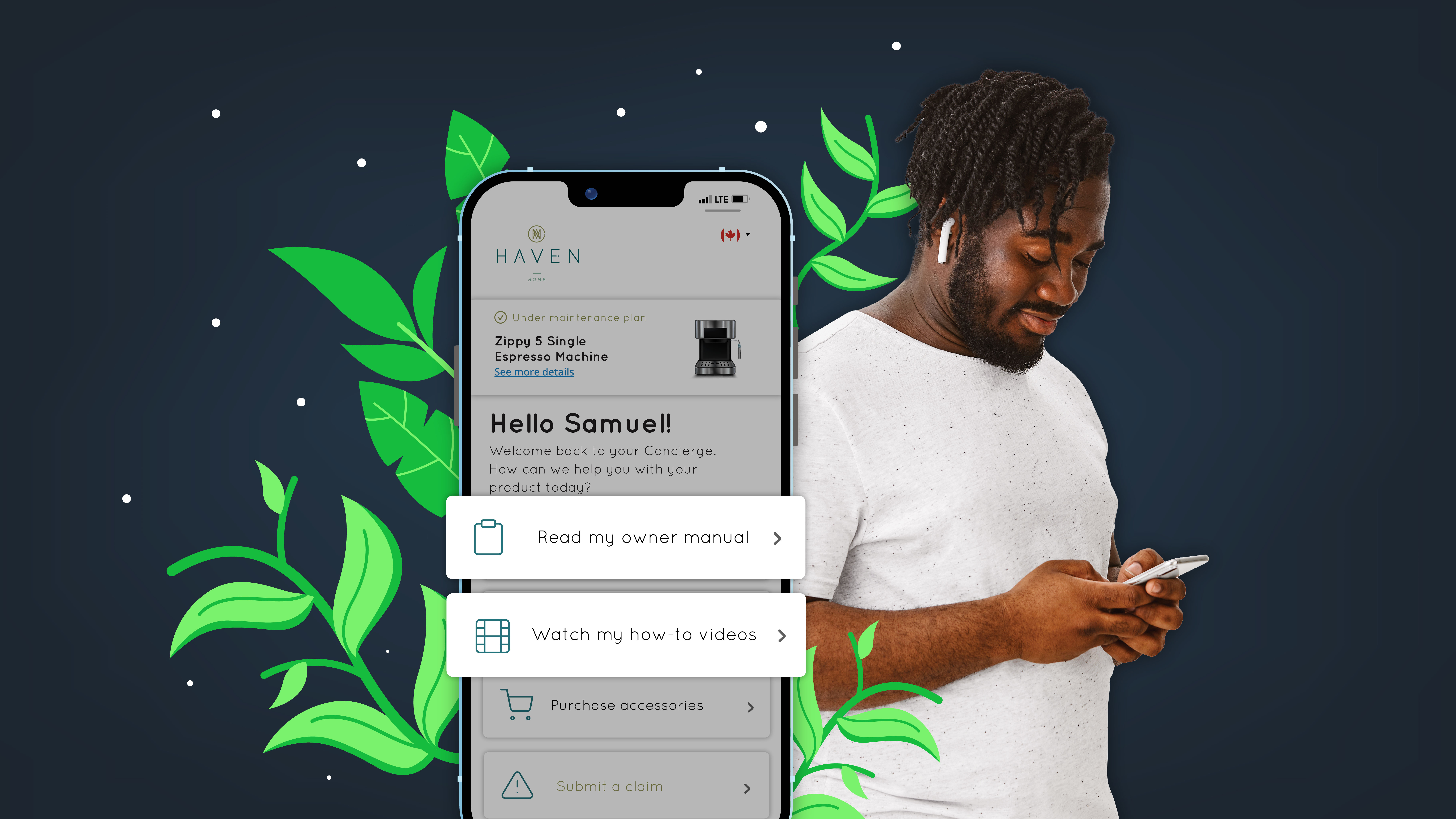Why your current customers are your most valuable customers
When it comes down to it, there are only two ways to grow your business. The first is obvious: spend the time and money needed to acquire new...
OUR SOLUTIONS
OUR TECHNOLOGY

Have you heard the news? Apps are out, chatbots are in. While smartphone apps are still widely used by brands as point-of-sale channels, customer service portals and even for entertainment, consumers are showing waning interest in mobile apps. Nearly a quarter of users only use a downloaded app once, and most apps lose an astounding three-quarters of their audience within three days of installation. Add to this the mind-boggling number of mobile apps that clamor for attention, and it’s easy to see why “app fatigue” is a thing.

Enter chatbots. These clever programs have a number of advantages over branded apps and can help companies accomplish the same goals.
A chatbot, or bot for short, enables a conversation between a computer program and a user. Chatbots can be scripted – only programmed to respond to specific questions or commands – or they can employ artificial intelligence (AI) and machine learning. Either way, their defining characteristic is the ability to mimic “natural language” or the way humans speak.
Chatbots are poised to unseat mobile apps – and even websites to a degree – for several reasons. First, chatbot designers are capitalizing on the explosive popularity of 1:1 messaging apps such as Facebook Messenger, Whatsapp and Line. With over 1 billion monthly active users for Messenger alone, it’s estimated that by 2019 more than a quarter of the world’s population will be using messaging apps, which have already surpassed social networks in some markets.
Chatbots designed for mobile messaging significantly lower the barrier to entry for new users by not requiring a separate app download. Plus, there’s virtually no learning curve because the chatbot interacts with users via an interface with which they’re already familiar.
Chatbots can also be more flexible than mobile apps, which tend to serve a specific purpose and may not be updated very often (and not without another download). Although some chatbots are programmed to only respond to specific queries, AI-enabled chatbots are able to draw on a vast store of data to understand a wider range of user queries and respond with a wider range of answers or solutions.
Still, the basic question remains, why would a person prefer to interact with a chatbot versus a mobile app or a website, or even another person? A large part of the answer lies in convenience. If you have a specific question, or want to complete a specific action, it’s often a much more direct route to use a chatbot. Consider the scenarios below.
Option 1 - Find the right app in the app store, wait for it to download, open it, navigate an unfamiliar interface to determine if the app can help you answer your question or do what you need to do.
Option 2 - Browse to a website, wait for it to load, search for the answer or find the right menu to accomplish your task, possibly be asked to create a user account and share your personal information.
Option 3 – Launch the chatbot in your favorite messaging app and ask a question or issue a command – you don’t even have to type!
Of course, the method by which the chatbot can be summoned will vary, but an intelligent bot will get you the answer more quickly than you could on your own, and even more quickly and efficiently than a human representative could.
Download our full infographic report in the right sidebar.

As for the “creepiness” factor of having a conversation with a computer, younger people may find it to be completely normal. For the rest of us, artificially intelligent “grandparents” like Siri and Cortana have made virtual assistants mainstream and paved the way for a whole new generation of “baby” bots.
Chatbot technology is still in the early stages, but what we’re seeing so far is BIG. Chatbots are poised to revolutionize the way consumers interact with brands – and that doesn’t happen every day. It’s going to be a fun ride!

When it comes down to it, there are only two ways to grow your business. The first is obvious: spend the time and money needed to acquire new...

What do today's conscious consumers really want? Today’s product owners have high expectations for convenience, accessibility, and on-demand...

Millennials. Interact with them? Probably. Understand them? Maybe not.